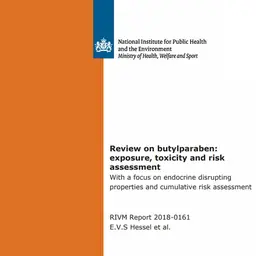
What is exactly the cause for more and more frequent allergic and photo-allergic reactions due to using sunscreen products? Which substance is the cause? An answer to these questions would improve our cosmetics and our safety against UV radiation. A team of Swedish researchers may provide us with possible answers.
October 14, 2010
What happens to sunscreens when they are exposed to sunlight? They degrade, and how the skin is affected by those degradation products is the topic of a research made in the University of Göteborg and in the Chalmers University of Technology; its results were presented in a dermatologist conference in Gothenburg.
What is photocontact allergy?
A hole in the ozone layer and changes in sunbathing habits have led to an increase of the number of skin cancers worldwide. One way of dealing with this has been to recommend using sunscreens, though the more frequent use of these products has also triggered an increase of contact and photocontact allergies to sun protection products.
A photocontact allergic reaction is due to the chemical alteration of sunscreens by sunlight, the body’s immune system then responding by an allergic reaction. The reaction is uncommon, and it is generally due to sunscreens filters. Symptoms are eczema-like rashes that can itch. An obvious treatment is to avoid the substance that causes the allergy. It needs to be identified.
Arylglyoxales: the identified allergens
“ We know that sun creams pass through the skin into our bodies, but we don’t know what effects they have …













